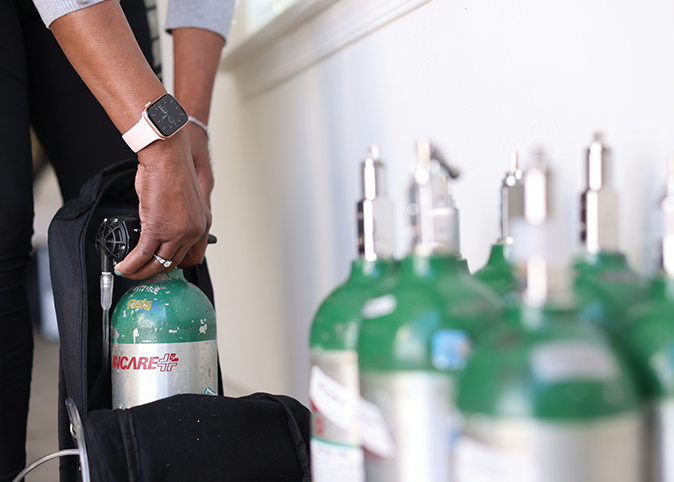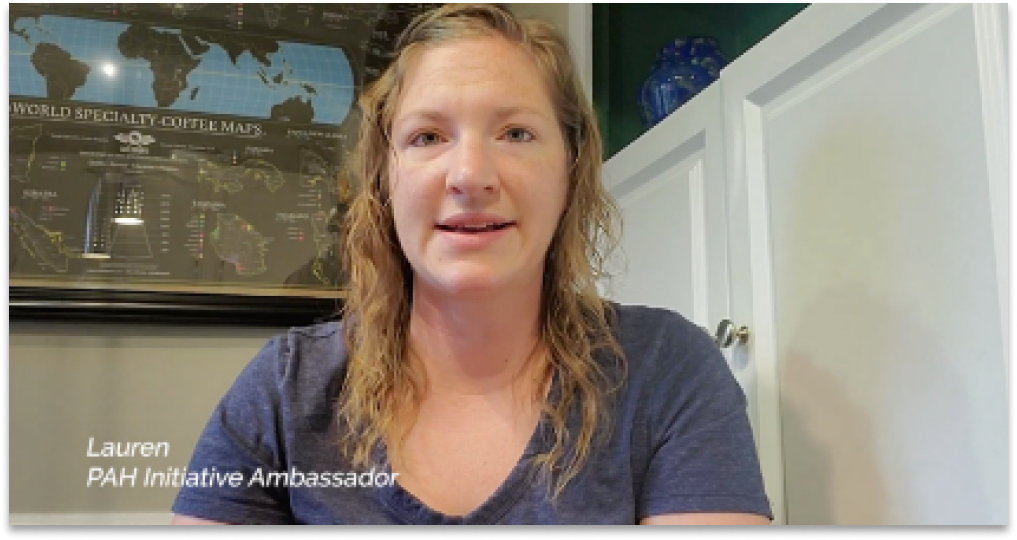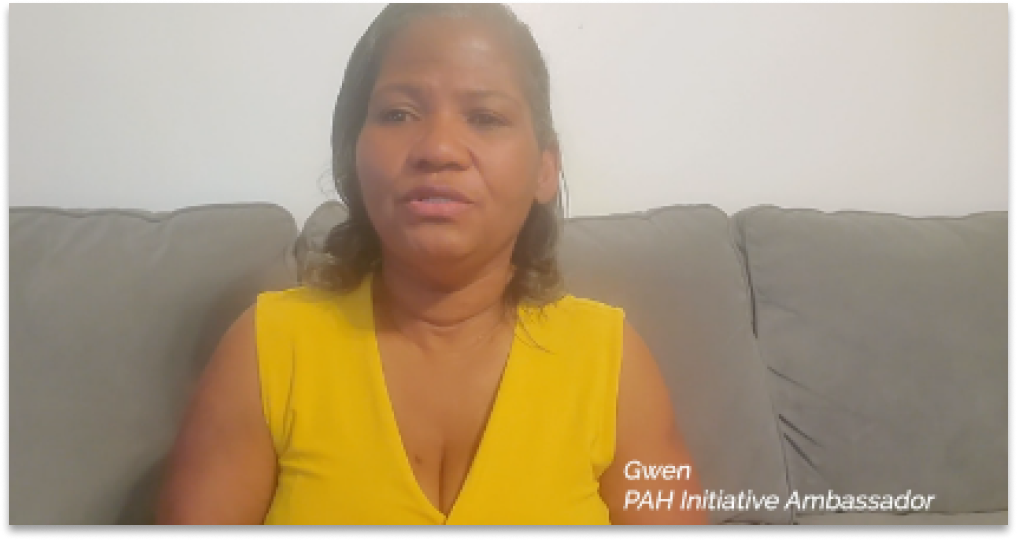
For many people living with PAH, oxygen therapy is part of improving the way they feel, so knowing how to navigate life with oxygen therapy is important.
Maintaining a new oxygen tank or concentrator can seem intimidating at first. But remember, you have support if you are having any challenges with your oxygen therapy.
The first thing you should do is discuss any specific care instructions with your oxygen provider. While most oxygen suppliers have similar care instructions, some might have needs specific to the provider or the equipment.
As a tool in your everyday life, your oxygen supplier’s cleaning and maintenance recommendations need to be worked into your regular routine. To start, it’s a good idea to plan a schedule for when you will replace your tubing and cannulas. With any supplemental oxygen therapy, there are two main pieces that need attention: the long tube that connects to the concentrator or tank and the nasal cannula that delivers the oxygen through your nostrils. According to the American Lung Association, it’s a good idea to replace your cannula every two to four weeks or anytime you get sick, and to replace the tubing every two months. In general, you should discuss the frequency with which you should change these pieces with your provider.
Having extra tubing and cannulas close at hand can also help with any mishaps or potential equipment issues when they arise.
Using oxygen therapy is more than just caring for your equipment, though—it’s also about taking care of yourself! Integrating oxygen therapy into your daily life means making it comfortable for you. It might help to keep your nose and lips moist with aloe vera or a water-based lubricant. You can also ask your oxygen provider for foam cushions to help with any discomfort you may feel from the tubes resting on your ears.
Whether for long distances or a short weekend trip, traveling with oxygen can be stressful, but there are ways to prepare that will make your journey a little easier.
Below are tips and tricks to ease your concerns about traveling with oxygen. Most of these suggestions relate to flying, as this can be particularly challenging.
Your healthcare team can help determine whether you need to make any changes to your oxygen therapy during travel.
Using oxygen therapy doesn’t have to limit your travels. In fact, it can help open up the world for you!
Planning is essential when traveling with oxygen, even for shorter trips. Consider what equipment you’ll need to pack. What will be available at your destination? How long will you be traveling? When will you be able to take breaks if needed? How are you traveling (plane, train, car, on foot)?
If you’re going to be traveling via plane, consider pressure changes for flights and get a note from your healthcare team stating oxygen is necessary. Are there flight policies that could impact your equipment?
Your supplier can discuss possible portable oxygen arrangements for both the airport and your destination, if needed.
Be sure to research airlines before booking your flight. Compare the services and potential accommodations each airline provides and determine which one best suits your oxygen needs. Don’t book a flight unless you are certain your needs are met!
Contact your airline beforehand to obtain a list of approved devices and required documentation you may need to provide when checking in.
When packing for your trip, be sure to include everything you may need not only at your destination, but also during your flight. Remember to pack your carry-on luggage with everything you need, including inhalers, medications, and extra batteries or power cords.
Try to arrive early for your flight in case any questions or concerns arise about your portable oxygen. We’ve all been through the hectic airport environment, and traveling with oxygen can add to the stress. Arriving early can minimize the rush and can even allow you to relax while waiting to board!
While the airline should have records of your situation, it’s good to let the local airline representatives know that you are traveling with oxygen when boarding. Try to see if you can board the flight early so you can be settled and ready to fly!
Using oxygen therapy doesn’t have to limit your travels. In fact, it can help open up the world for you!
PAH is a complicated disease that can be difficult to understand. We’ve broken it down for you with easy-to-understand information, simple graphics, and informative videos from a PAH specialist.
What is PAH?
Learn how Peggy renewed her competitive spirit after her PAH diagnosis and how she won't let an oxygen tank define her.
Competitive Spirit with PAH ⟩
How has knowing their risk status helped Lauren and Karen better understand if their treatment plan is working?
Knowing your PAH Risk Status ⟩
Living with PAH can be a big adjustment and taking care of yourself can make a big difference. But where do you start?
Self-Care and Healthy Living ⟩